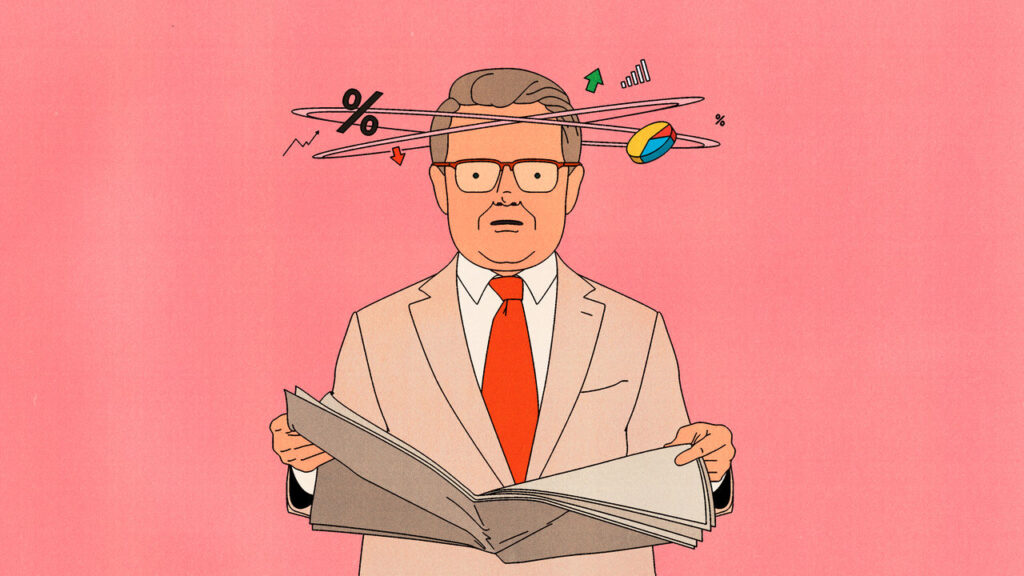Over the past year-and-a-half, inflation has seen a sharp decline in the rich world. Despite this positive development, central banks are cautious about celebrating their success just yet. While some central banks have started to reduce interest rates, many are still facing challenges as the core rate of inflation remains stubbornly high in certain countries. In America, the core inflation rate stands at 3.2%, while it is 2.9% across the euro zone. This high inflation rate persists even as underlying economies display signs of slowing down and financial markets become increasingly volatile. The arduous task of bringing inflation back to more desirable levels is still ongoing, with the final stretch proving to be the most challenging.
In recent months, central banks have been working diligently to combat high inflation rates by implementing various monetary policies. Despite their efforts, inflation continues to remain a concern in some countries. The persistence of high inflation is particularly alarming given the current economic conditions and the increasing uncertainty in financial markets. It is crucial for central banks to closely monitor the situation and take appropriate measures to address the issue.
The economic landscape in the rich world has been tumultuous, with several factors contributing to the high inflation rates. The volatility of energy and food prices has been a major driver of inflation, making it difficult for central banks to control price growth effectively. Additionally, global economic uncertainties and trade tensions have further complicated the efforts to bring inflation under control. Central banks are faced with the challenge of navigating these complex economic conditions while also addressing the inflation pressures.
Despite the challenges, central banks are not backing down from their commitment to maintaining price stability. They have been proactive in adjusting monetary policies to address the high inflation rates and ensure that price growth remains in check. However, the road ahead is not easy, and central banks must remain vigilant in their efforts to combat inflation effectively.
In the United States, the Federal Reserve has been closely monitoring inflation rates and adjusting interest rates accordingly. The recent interest rate cuts are aimed at stimulating economic growth and curbing inflation pressures. Similarly, the European Central Bank has also taken steps to address inflation concerns in the euro zone by implementing monetary stimulus measures. These efforts have been instrumental in stabilizing inflation rates and supporting economic growth in these regions.
As central banks continue to work towards bringing inflation under control, it is essential for them to consider the broader economic implications of their actions. The impact of monetary policies on economic growth, employment, and financial stability must be carefully evaluated to ensure a balanced approach to addressing inflation. Central banks must strike a delicate balance between controlling inflation and supporting economic growth to avoid any adverse effects on the economy.
In conclusion, the journey towards reducing inflation rates in the rich world has been challenging, but central banks remain committed to addressing this issue. Despite the persistent high inflation rates, central banks have been proactive in implementing measures to stabilize prices and support economic growth. However, the road ahead is fraught with uncertainties, and central banks must remain vigilant in their efforts to combat inflation effectively. By closely monitoring economic conditions and implementing appropriate monetary policies, central banks can pave the way for a more stable and sustainable economic future.



